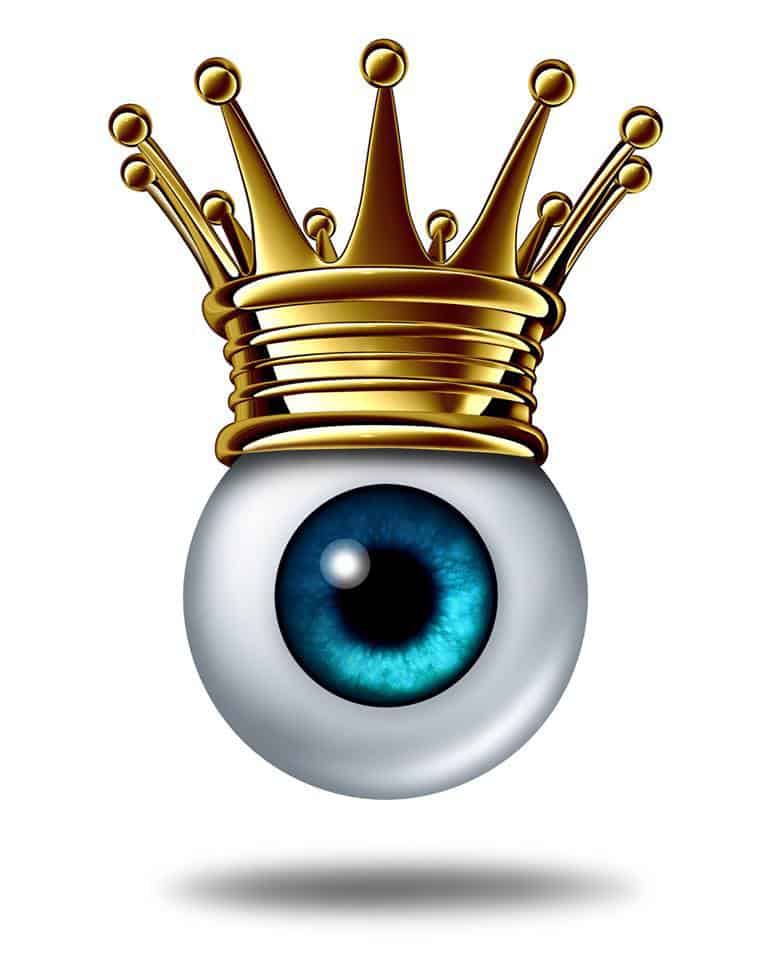Pinguecula comes from latin and means fatty. A yellowish patch is located on the white part of the eye and is positioned at about 3 o’clock and 9 o’clock in relation to the cornea. There may be more than one pinguecula present in each eye. It is completely different from jaundice, as jaundice is the generalized yellowing of the sclera.
People who live and work outdoors are more likely to develop pingueculae (plural), due to exposure to excessive UV light, dust or wind. This includes farmers, gardeners, lifeguards, surfers and construction workers. They do not need to be removed, however they do tend to swell when irritated and they return to their stable condition once the cause of the irritation has been removed.
Pingueculae are not sight threatening however, they can be cosmetically unappealing and their presence indicates that the eye is under some form of environmental stress and that something needs to be done to remedy the problem. Treatment for pinguecula is to reduce the irritation to the said eye. What one can also do is use-soothing eyewashes for irritated pingueculae. Please do not use eye drops that are intended to whiten the eye, stay out of irritating environments and wear sunglasses when outdoors for extended period.
The difference between a pinguecula and a pterygium is that the pinguecula rarely ever crosses the margin from the white part to the cornea (the darker part of the eye). Some experts feel that a pinguecula can sometimes turn into a pterygium, while others say that a pinguecula might indicate a high blood cholesterol level. More research needs to be conducted to explore this theory. If you believe that you have a growth on your eye, see your eye doctor. A routine examination should confirm if it is a pinguecula or a pterygium and put to rest any fears that your condition might be serious.
“REMEMBER TO KEEP AN EYE ON YOUR EYES”
- 10 SIGNS YOU NEED AN EYE EXAM - May 20, 2018
- WORLD GLAUCOMA WEEK - March 11, 2018
- The Importance OfEye Exams - February 5, 2018

Recent Comments